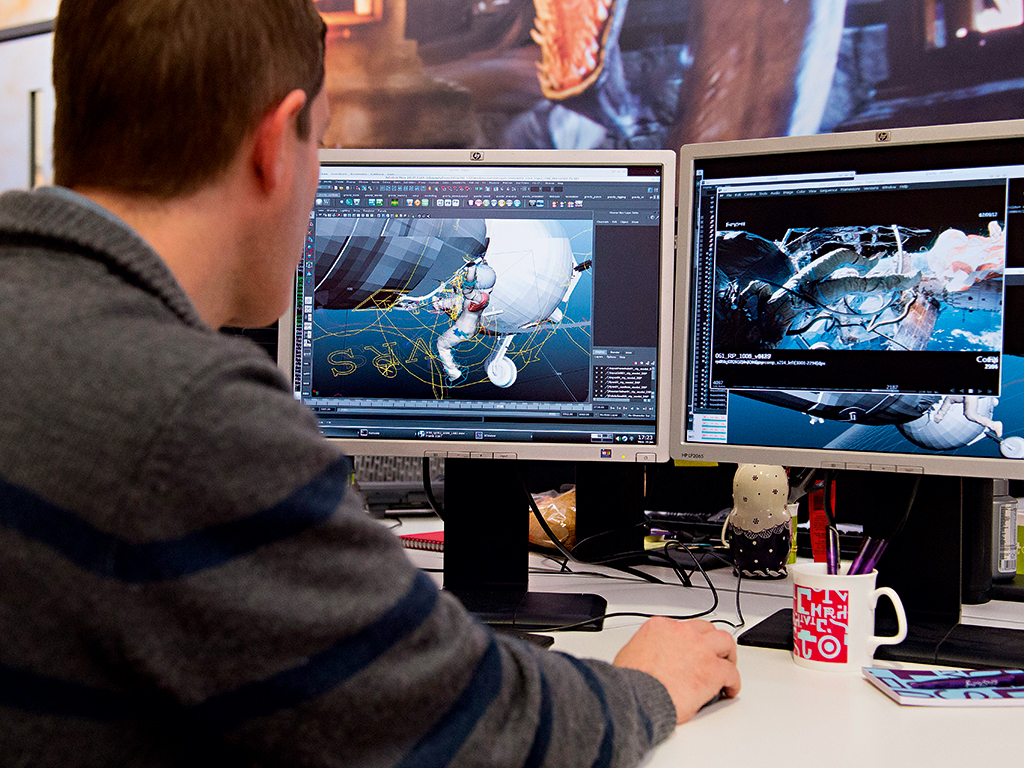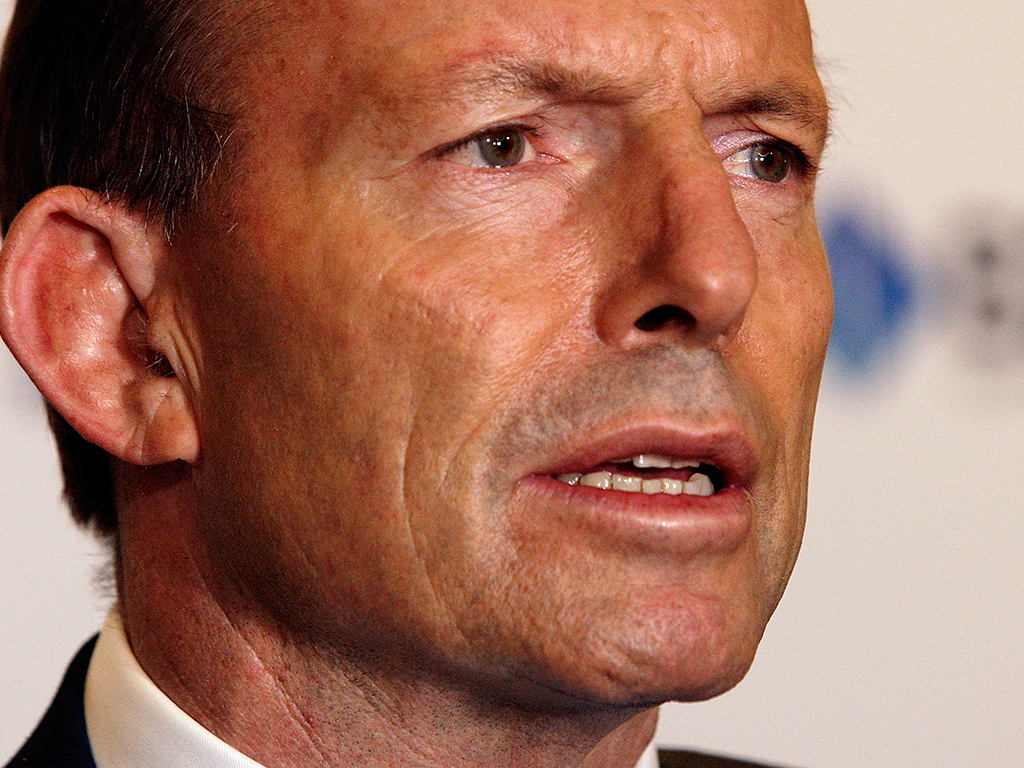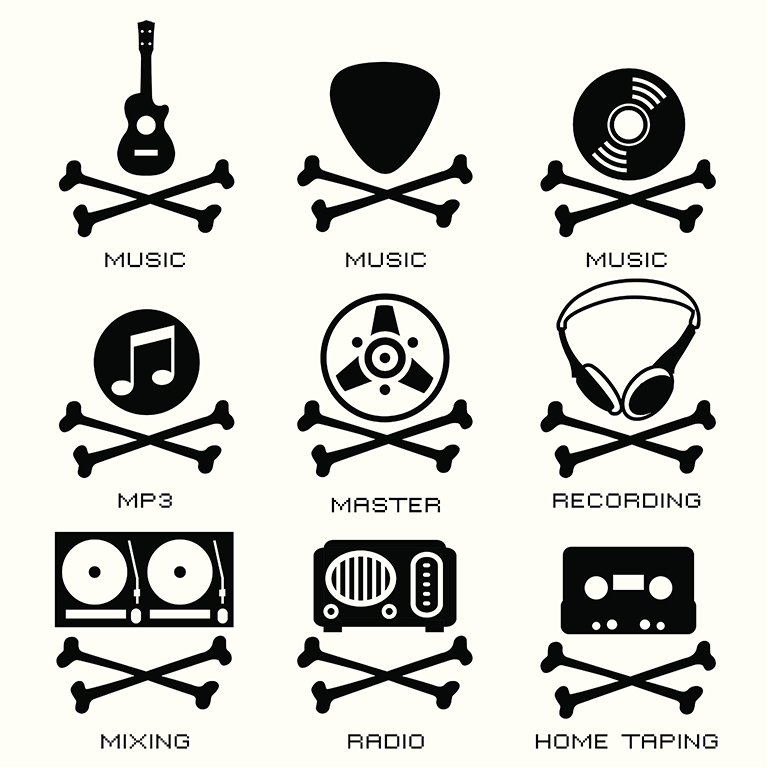On June 2, 2014, a unique-looking aircraft took off from an airfield in Payerne, Switzerland. With a wingspan of over 72m – the same as a Boeing 747 – it was powered by four small engines that together produced roughly the same power as a motorbike. The sole occupant was test pilot Markus Scherdel, housed in a tiny cockpit at the very front of the main fuselage. Wind whistling over the wings, the aircraft took to the air without fuss, lifted nimbly into a clear sky and, travelling at a maximum speed of 48 knots, rose to an altitude of 8,000ft before returning to terra firma and a relieved welcoming committee.
The maiden flight of Solar Impulse 2 had proved what the backers of the project had always believed in the face of general scepticism: namely, it is possible for an aircraft weighing 2.3 tonnes – roughly the same as an average-sized car and 100 times lighter than an Airbus 340 – to fly like a bird without consuming a single drop of fuel. The four engines are powered by nothing more than the sun. And, in an important breakthrough in the pursuit of sustainable transport, they are able to function at night because Solar Impulse 2 can store the solar power that has been captured during the day.
It is possible for an aircraft weighing 2.3 tonnes to fly like a bird without consuming a single drop of fuel
Thus the flight confirmed that the vision of the project’s founders – famed balloonist Bertrand Piccard and former Swiss Air Force pilot and engineer André Borschberg – is not just a pipe dream. Next May, Solar Impulse 2 is scheduled to embark on the first solar-powered, round-the-world flight – a 35,000km journey into history. Taking off from the Gulf, the aircraft will fly over the Arabian Sea to India and then to Burma, into China, across the Pacific, coast-to-coast over the mainland US, across the Atlantic to southern Europe – or, depending on conditions, to North Africa – before landing back in the Gulf.
Although there have been other solar-powered flights, this one crashes through all the barriers of renewable air power in terms of its length, green credentials and the quality of its science. With just the pilot aboard, Solar Impulse 2 is designed to fly for five consecutive, continent-hopping days and nights, ploughing through the skies without leaving a trace of effluent in its wake. In fact, the aircraft must be capable of staying aloft for five days because that’s how long it requires to cross just the Atlantic. That’s approximately three and a half times longer than Charles Lindbergh took in the Spirit of St Louis in 1927.
Unlimited endurance
But, apart from the cleverness of the science (and the courage of the pilot), what exactly will the flight of Solar Impulse 2 prove? After all, we already have solar-powered flight. As the many (mainly Swiss) companies that are backing the project point out, this is all about producing an aircraft with almost unlimited endurance but that takes nothing from the planet. More deeply, they see it as a project that will, in time, enhance the average person’s quality of life. “This partnership pushes the boundaries of technology and innovation to achieve a better world,” argues Ulrich Spiesshofer, Chief Executive of ABB, the Swiss power generation giant. “We believe in Bertrand’s vision, and we are convinced that, by pioneering innovative technologies, we will be able to decouple economic growth from energy consumption and environmental impact.”
Another major backer is Alfred Schindler, founder and Chairman of elevator-manufacturer Schindler Group. Like Spiesshofer, he sees the project as a game-changer for people and planet alike. “It’s not only about saving and conserving energy, it’s all about working smarter instead of harder,” he says. “While staying in the air – day after day – Solar Impulse moves us beyond the idea of conventional belt-tightening. It proves convincingly that one can tap into a virtually unlimited supply of solar energy. Solar Impulse is a unique platform where creativity meets audacity and where action converts a dream into reality.”
35,000km
Length of Solar Impulse 2’s planned round-the-world flight
17,000
Solar cells on the plane’s wing
In a nutshell, in an energy Utopia, the world’s industries and homes – not to mention its aircraft – could be powered without whole populations suffering in the form of polluted oceans, disfigured landscapes, contaminated waterways and an ozone-depleted atmosphere.
The Solar Impulse 2 project started a decade ago when Piccard, who comes from a family of explorers, joined up with Borschberg. A psychiatrist by training, Piccard and Englishman Brian Jones co-piloted the first balloon, Breitling Orbiter 3, to sail non-stop around the globe – in fact, a balloon with a habitable pod attached. It was a remarkable feat but nothing special for the Piccard family: grandfather Auguste was a pioneering balloonist and father Jacques an undersea explorer, while Bertrand had always mixed a fascination with flight with his other activities. Now 56, he was a pioneer of hang-gliders and microlights, the latter being highly accident-prone in their developmental years.
Sustainable flight
The project encompasses Bertrand’s commitment to a future of sustainable transport. A friend of Richard Branson, he’s a fan of the British businessman’s space project, Virgin Galactic, and a believer in sub-orbital air transport. “Will commercial aviation soon be able to transport passengers on solar power only?” he asks. “I would be crazy to answer ‘yes’ and stupid to answer ‘no’. The technology for it doesn’t exist today but remember it was also impossible to transport passengers with fuel when the Wright brothers did their first flight in 1903.”
Piccard cannot be accused of being limited by his imagination. On sub-orbital flight, he says: “Can you imagine a take-off in Europe with clean energy, a climb to 100km high, followed by a parabolic flight to Australia and a landing after one hour? And you get a zero gravity experience for the same flight. This is what I see as the future of commercial air transport.”
Although he’s an adventurer by nature, this third-generation Piccard is painstakingly methodical and scientific in his approach. The maiden flight of Solar Impulse 2 was the result of a decade of research conducted by a team of 80 physicists, materials scientists and aerospace experts. After the initial scepticism wore off, a host of companies have thrown their considerable resources behind the project. They include watch and instrument maker Omega, materials group Solvay, Schindler, ABB, Bayer Material Science, telecommunications giant Swisscom, Toyota (which has contributed hybrid technology), photovoltaic cell manufacturer SunPower and French aerospace group Dassault. Even the European Space Agency has lent a scientific hand. Combined, they add up to a veritable Who’s Who of materials and aerospace sciences.
Piccard believes in walking before running – or flying. Solar Impulse 2 is the second-generation version and was developed to prove the whole concept was viable. With Piccard and Borschberg aboard, the original Solar Impulse made its first, crucial night flight on July 8, 2010. “We can finally prove what is possible without fuel”, declared Piccard once he’d landed.
Thereafter the founders advanced the project in increments. In 2011, they made a flight to Le Bourget airfield in Paris. A year later, they achieved the first intercontinental flight from Morocco to Switzerland – that is, across the Mediterranean. And last year, they flew across the US, from California to JFK Airport in New York City, with several stops en route.
The science
Rather like his father and grandfather with their highly original projects, Piccard ran into outright disbelief at first. The concept of flying a solar-powered aircraft at night and over such vast distances was dismissed as impossible by a number of experts in their field. How could mere solar power support such a large wingspan? Was it possible to develop materials so light that Solar Impulse 2 could stay aloft for five days and nights? And above all, how solar could energy be stored so it could be released at night? In short, the main issue was how to build – and fly – an aircraft that was so big and yet so light.
The engine of Solar Impulse 2 is in fact the solar cells. No less than 17,000 of them are built into the giant wing – and that’s one reason the wingspan is so big. They provide the ‘fuel’ for the four 10-horsepower electric motors. And, in a major breakthrough, by day the cells recharge the 400kg lithium batteries that keep the aircraft in the air at night.
Piccard certainly earns marks for thoroughness. Everything has been tested to death before being installed in the aircraft. The solar panels, for example, were put through their paces on what became the world’s loftiest solar power plant, right on top of the Jungfraujoch in Switzerland at a height of 3,466m above sea level – or roughly as high as the aircraft will fly.
Into The Sun
Solar Impulse 2 is not the only solar-powered aircraft. Among others, a German company called Solar Flight has produced the adaptable Sunseeker Duo, an aircraft that resembles a sailplane – or glider – but has enough solar panels on its 22-metre wings and tail to enable it to maintain a steady climb with two aboard.
An earlier version of the Sunseeker achieved the considerable feat of flying over the Swiss Alps. However, even the latest model can only stay aloft for a maximum of 12 hours.
This is an aircraft for enthusiasts. Once on the ground, the folding-wing Duo can be packed away into a small hangar, or even dismantled and packed into a special trailer.
Even before the aircraft takes off on its circumnavigation of the globe, the science is already trickling down into other applications. A team of researchers at Bayer, whose main responsibility is designing and building the entire one-man cockpit shell, had to develop a new kind of insulating material before the project could be considered viable. It’s a rigid polyurethane foam that makes the cockpit a bearable space for a human. With outside temperatures plummeting to -40 °C at night, the inside temperature of the cockpit can fall to minus 20. But during the day the reverse can happen, with the pilot enduring plus 40°C. The foam both blocks out the cold and lets out the heat.
The human element of the project cannot be underestimated. The cockpit cannot be pressurised or heated because that would rob the batteries of precious engine power, so the pilot sits in an oven by day and a refrigerator by night. “We need to make sure the pilot is as sustainable as his aircraft,” explains Borschberg. “This is why the round-the-world flight will be as much a human as a technological feat.”
In the meantime, consumers are already reaping some of the benefits from Solar Impulse 2. “The same products fall into the automotive and refrigeration industries,” points out Bayer executive Richard Northcote. Similarly ABB, which is focusing on clean energy, has applied what it has learnt while working on the aircraft into electric car technology and cleaner energy generation. ABB is already the world’s second-biggest supplier of solar inverters.
Brussels-based Solvay, a specialist in materials, has been involved from day one. Researchers in Belgium, Brazil, France, Germany, Italy and the US have been busy developing bespoke solutions since 2004. As a result, Solar Impulse 2 is practically festooned with Solvay products: some 6,000 in total and many of them entirely original. Among other applications, they waterproof the aircraft – including the precious solar panels and batteries – by means of an ultra-thin polymer film. And because the honeycomb-structured wings flex in the air currents, Solvar has invented an adhesive that moves with the solar cells without gaps opening. The Brussels firm has even applied its science to the pilot’s underwear: it’s made of a special polyamide yarn that it is claimed will “interact with the body, stimulating micro-circulation and helping muscle performance”. Cramped as the pilot will be, he’ll need all the circulation and muscle performance he can get. The Solvay products developed for the project are filtering down into a number of promising new markets, including protection of solar panels against the elements, batteries for computers and mobile phones, and baggage compartments on aircraft.
The cockpit cannot be pressurised or heated, so the pilot sits in an oven by day and a refrigerator by night
The outstanding scientific feat, though, is arguably the wings. Essentially, they’re made of paper, but of a rather special kind. Polymer-impregnated, the paper forms the basis of the honeycomb on which the structure is based. As the wings twist, flex and vibrate, the paper maintains the integrity of the entire 72m of span.
The aircraft is a flying laboratory. Even its insurance cover is a breakthrough: considered uninsurable because of the high risk and priceless value of the technology it incorporates, the first aircraft spent much of its development time on the ground without any form of protection. A fire or other disaster might have stopped the project dead. However, Swiss Re came to the rescue. In 2012, its corporate solutions division became the sole insurer of the prototype aircraft after a lot of head-scratching and creative risk-assessment. But the paperwork arrived in the nick of time for Solar Impulse 2 – the document was presented at its unveiling ceremony in early 2014. “As of today the plane is officially insured – you’re clear for take-off,” announced Agostino Galvagni, Chief Executive of the corporate solutions division.
Success or failure
What are the odds of this feat of scientific and physical derring-do coming to a successful conclusion? A few short months out from the culmination of a decade of work, the odds are 50:50. The preliminary flights have proved promising and, as far as outsiders know, Solar Impulse 2 has met its targets. However, it remains a flying experiment. Above all, nobody has sat at the controls of the aircraft for five days and nights, struggling to stay awake as they pilot Solar Impulse 2 across continents and oceans.
Piccard himself seems sanguine about prospects for success. And anybody who has seen the wind-powered Breitling Orbiter 3 – perhaps the most unlikely-looking form of round-the-world transport – would certainly give its sun-driven successor a better chance of making it. But even if Solar Impulse 2 breaks down and is grounded somewhere en route, it has already produced measurable benefits for mankind.


















